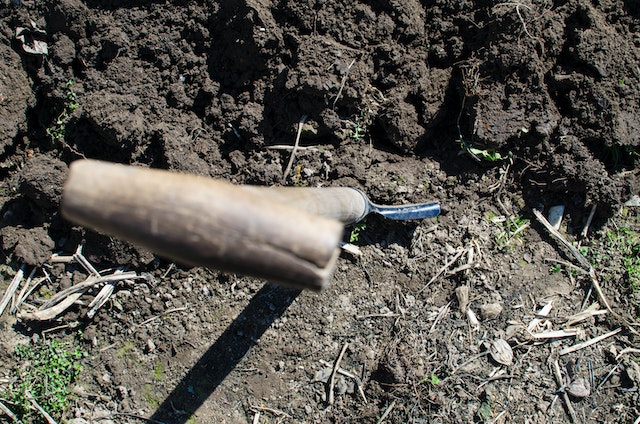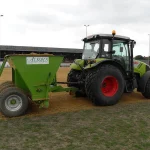If you’re new to gardening, you may have heard about soil conditioner but aren’t exactly sure what it is or how to use it. Essentially, soil conditioner is an important tool for any gardener, as it helps to improve the overall health of your soil, leading to healthier plants and a more productive garden – what’s not to like!?
In this beginner gardener’s guide, we’ll cover everything you need to know about soil conditioner, including why it’s important and the steps on how to use it in your garden.
Contents
3 Reasons on Why Soil Conditioner is Important
Soil conditioner is a substance that is added to topsoil in order to improve its overall health and structure. While there are many different types of soil conditioners available, they all have one thing in common: they help to improve the quality of your soil!
Here are just a few of the reasons why soil conditioner is important for your garden:
Improves Soil Structure
Soil conditioner helps to improve the structure of your soil by loosening up compacted soil and improving its ability to hold water and nutrients. This is especially important if you live in an area that has hard, chalky and compact soil.
Adds Nutrients
Many soil conditioners contain nutrients that plants need to grow, such as nitrogen, phosphorus, and potassium. By adding these nutrients to your soil, you can help to improve plant growth and overall health.
Increases Soil Microbial Activity
Soil improvers can help to enhance the microbial activity in your soil, which is important for healthy plant growth – this is because microbes play a vital role in breaking down organic matter and releasing nutrients that plants need.

6 Steps on How to Use Soil Conditioner
By following these 5 steps, using a soil conditioner will become second nature and you’ll be reaping the benefits in no time!
1. Determine the Type of Soil Conditioner You Need
The first step in using soil conditioner is to determine the type of soil you have and the type of soil conditioner that will work best for your needs. Each type of soil conditioner has its own unique benefits, so it’s important to choose the right one for your soil – they can be all shapes and sizes!
For example, if your soil is heavy clay, you may want to use a soil conditioner that helps to improve drainage, however if your soil is sandy and drains quickly, you may want to use a soil conditioner that helps to retain moisture.
2. Test Your Soil
Before using a soil conditioner, it’s important to test your topsoil in order to determine the pH level and nutrient content. You can purchase a soil testing kit from a local garden centre or have your soil tested by a professional, and this will help you to determine the type and amount of soil conditioner needed to improve the quality of your soil.
3. Apply the Soil Conditioner
Once you’ve determined the type of soil conditioner you need and tested your soil, it’s time to apply the soil conditioner. Start by spreading a layer of soil conditioner over the top of your soil – generally, a layer of 1-2 inches is sufficient (the amount of soil conditioner you need will depend on the type of soil conditioner you’re using and the condition of your soil).
4. Mix the Soil Conditioner into the Soil
After spreading the soil conditioner, use a garden fork or hoe to mix it into the topsoil. Make sure to mix the soil conditioner thoroughly to ensure that it’s evenly distributed throughout the soil as areas of you garden may be forgotten about. Be careful not to overwork the soil, as this can damage the soil structure and reduce its ability to retain moisture.
5. Water the Soil
After mixing the soil conditioner into the topsoil, water thoroughly. This will help to activate the soil conditioner and ensure that it’s distributed evenly throughout the soil.
Top tip – be sure to water the soil regularly to help the soil conditioner to break down and release its nutrients.
6. Repeat as Needed
The amount of soil conditioner you need will depend on the condition of your soil and the type of plants you’re growing, as in some cases, you may need to apply soil conditioner annually, while in other cases, you may only need to apply it every few years.
Conclusion
Using soil conditioner can be a valuable tool for improving the quality of your soil and creating a better environment for plant growth. By determining the type of soil conditioner you need, testing your soil, and applying the soil conditioner correctly, you can improve soil fertility, drainage, and moisture retention. With regular use, soil conditioner can help to create a healthy and vibrant garden. Remember to take your time and enjoy the process of improving your soil for your plants to thrive!





